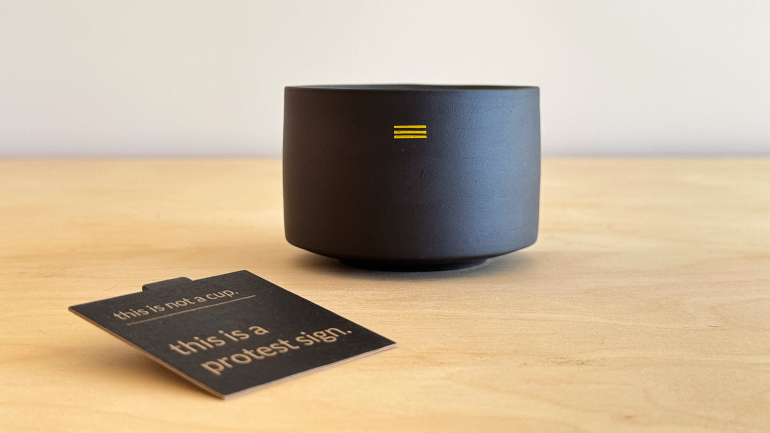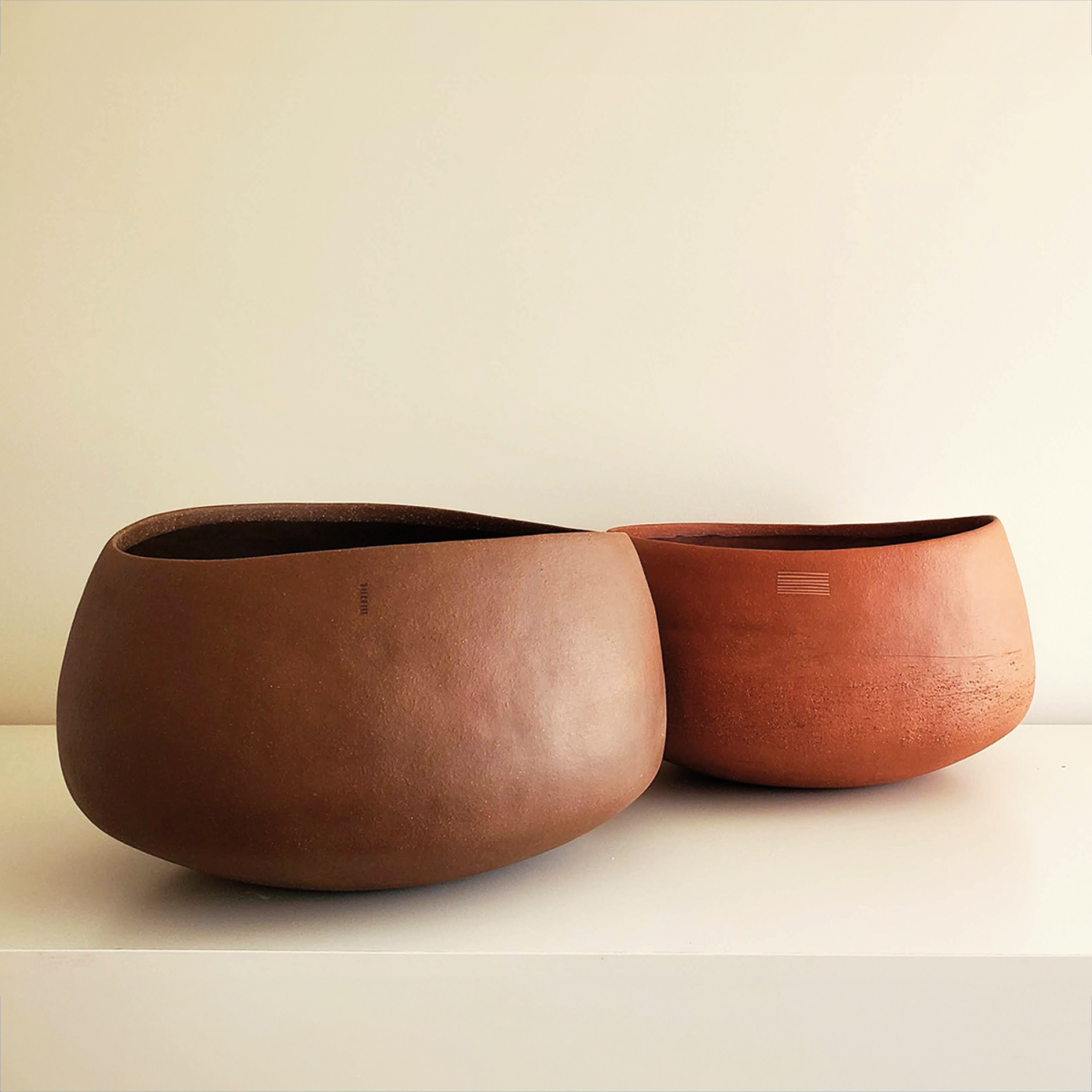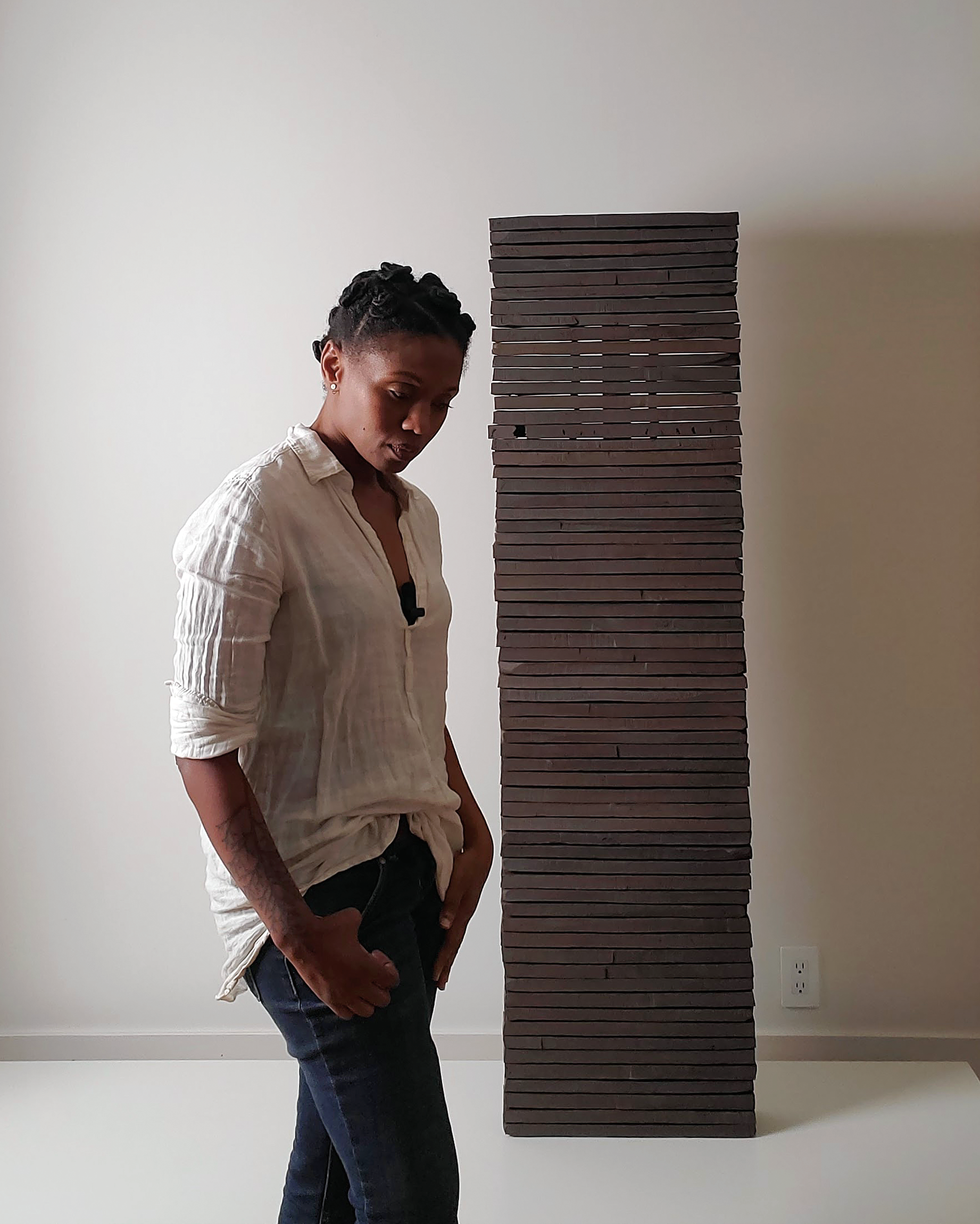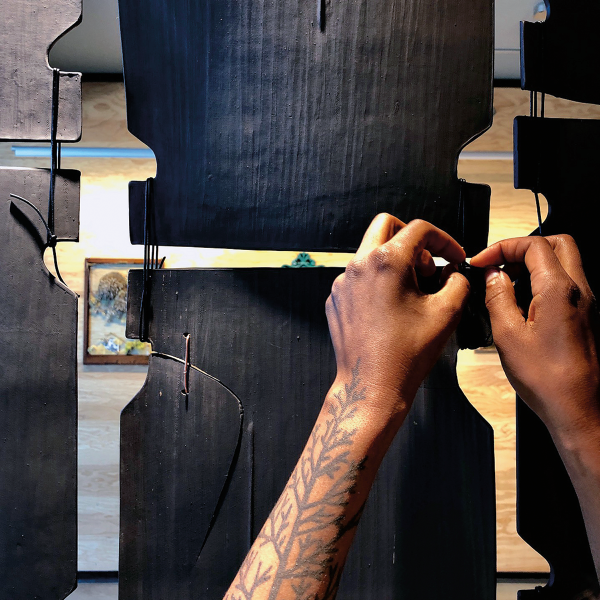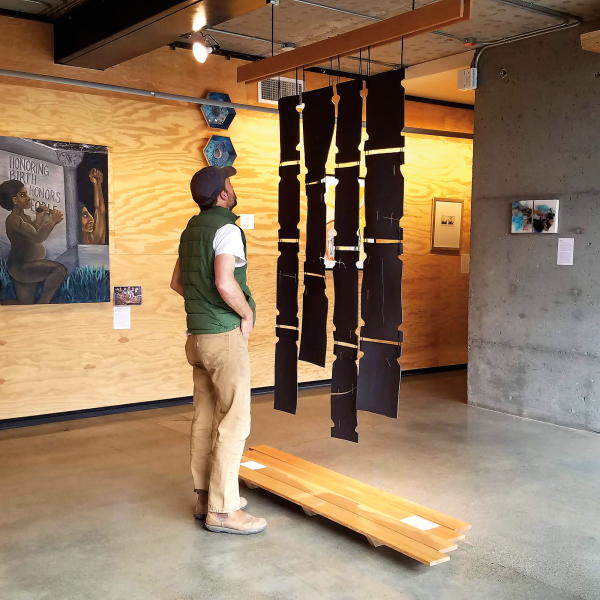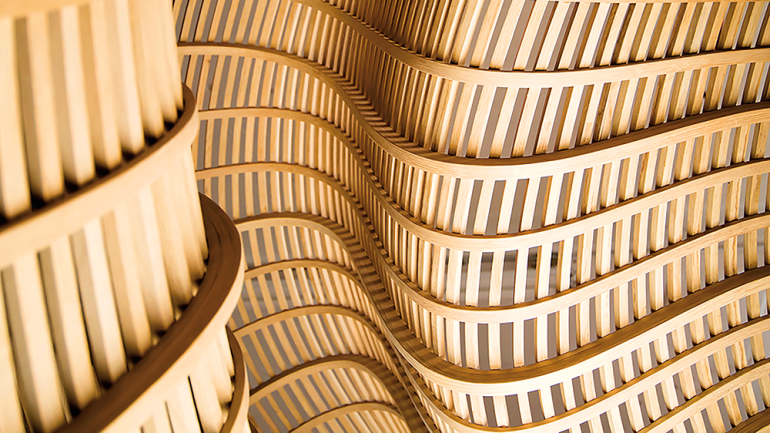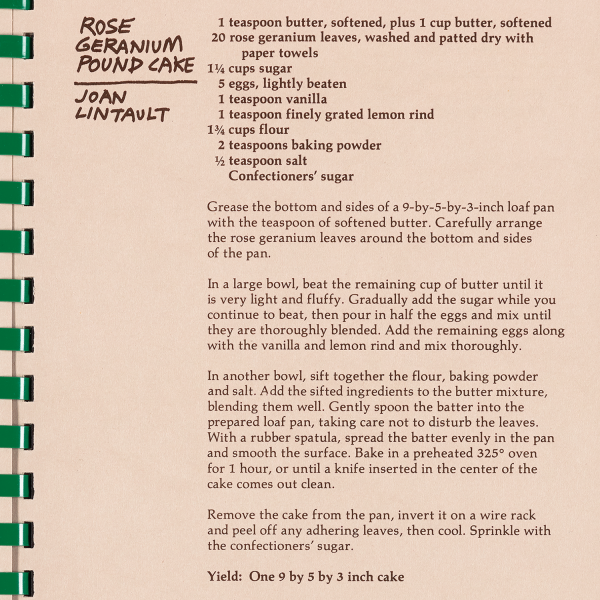Tacoma, Washington–based ceramic artist Kristina Batiste’s work lives in a space where functional craft and fine art intersect. In her studio, divining abstract sculptures for white cube galleries takes on the same weight as caring for the gentle slopes of her plates, cups, and bowls that find their way to our homes and restaurants. Employing both wheel-thrown and hand-built techniques, Batiste works in what she calls the “humble” material of clay to reshape how we come together, proposing new and perhaps more just modes of communing with one another.
“Clay has memory and is strong enough to hold powerful ideas, just like a line or a spare composition, or a shape, or a color,” Batiste says. “If you get it right, you can hold the universe in a line.”
Much of the power of Batiste’s work lies in her minimalist aesthetic. Her elegant serving-ware pieces are marked with various irregular lines mimicking hand drawing, as well as raised lines and dotted indentures, all providing ornamental and tactile details that quietly catch and focus our attention. She conjures a story or delivers a message via these markings, and in so doing, she slows down our meaning-making processes and focuses our attention on subtle transformations in material. She opens our minds to new and different sets of questions.
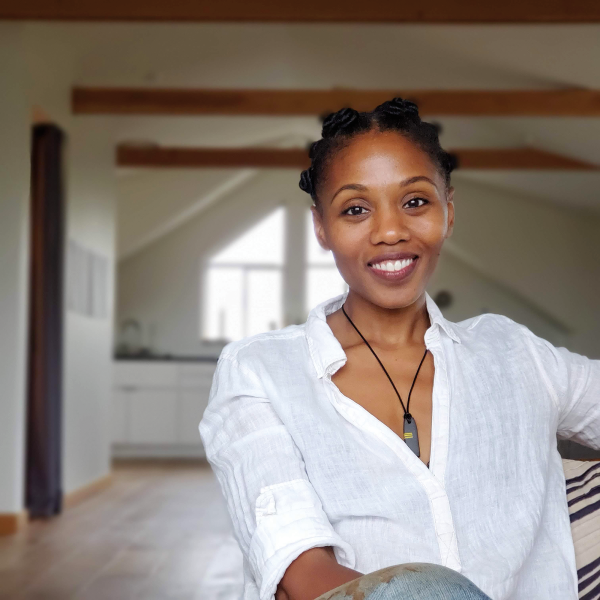
Ceramic artist Kristina Batiste.
